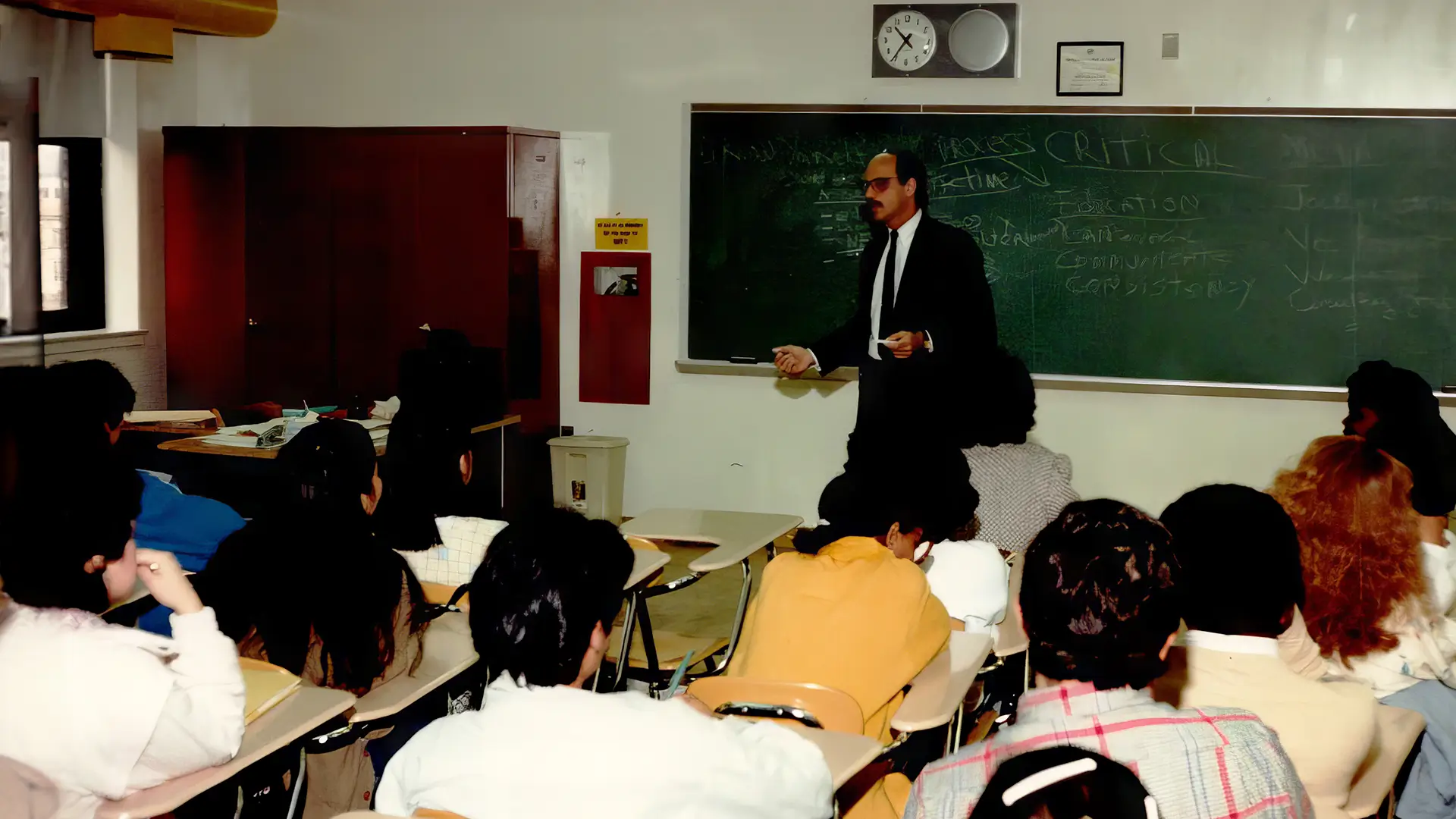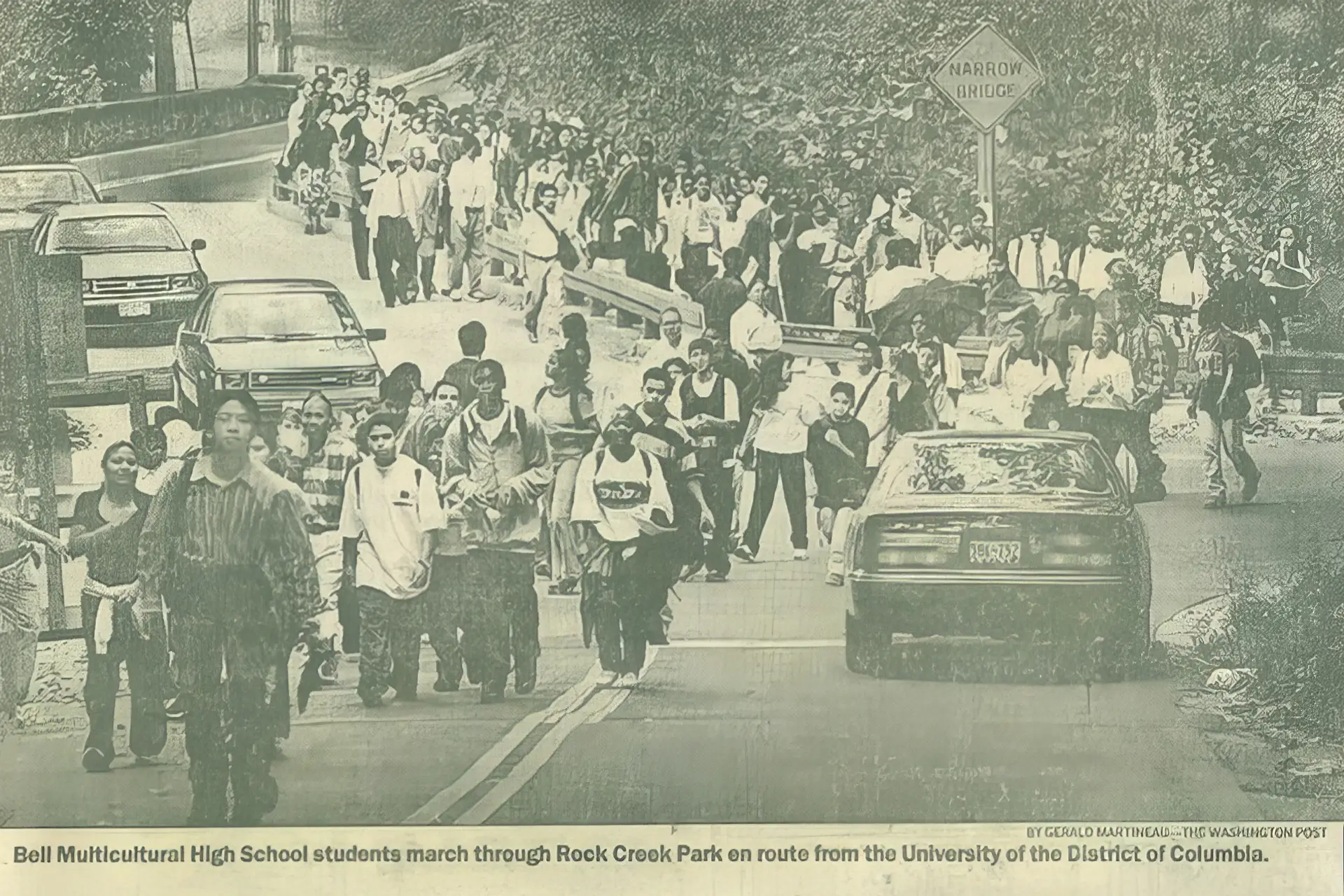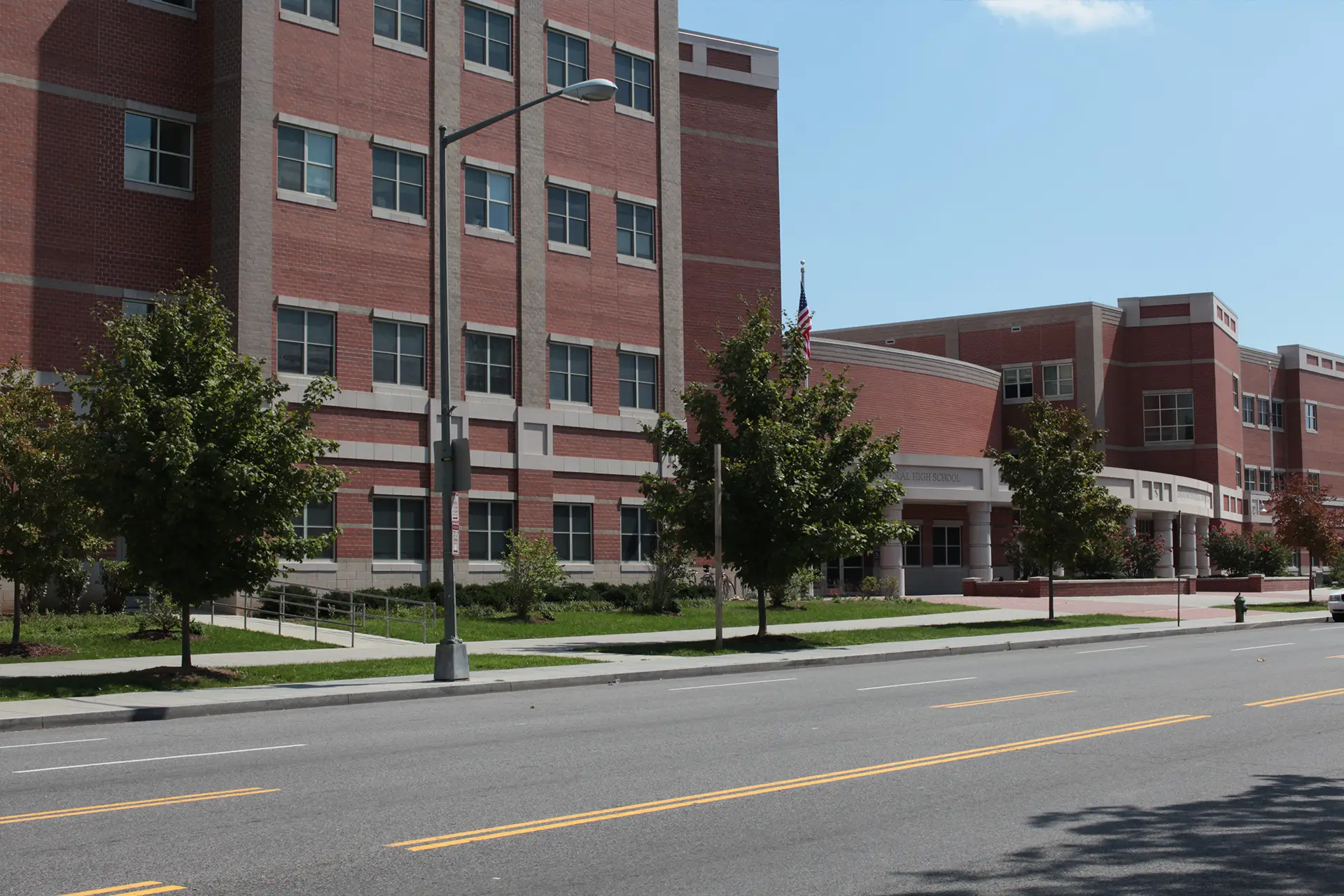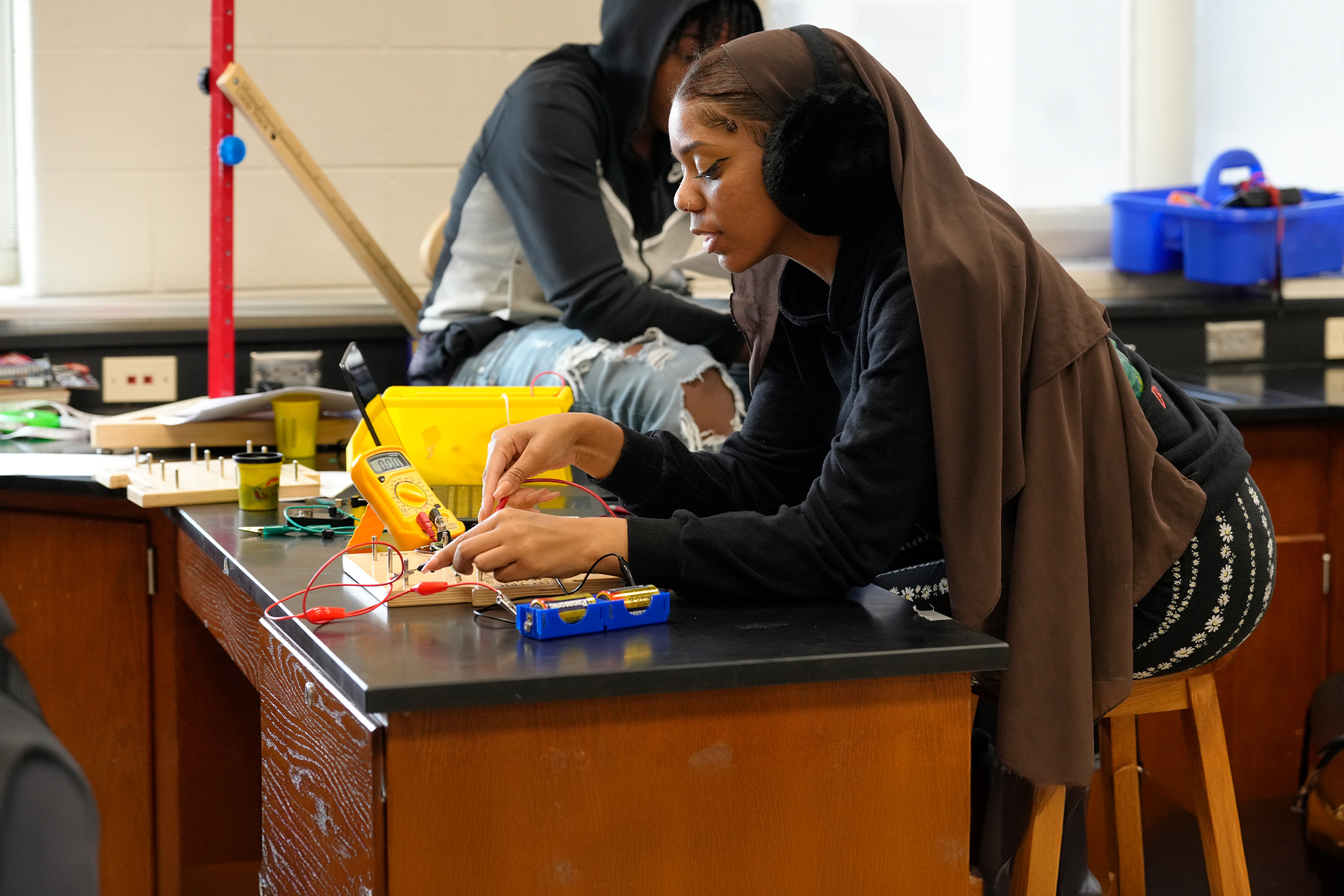Understanding the Roots of School Push-Out

Maria Tukeva, the visionary founder of MCIP, grasped that the crisis of school push-out was a multifaceted problem. She identified how cultural and linguistic incompetence, systemic indifference, inadequate teacher training, low expectations, and insufficient curricula collectively deprived students of meaningful educational opportunities. These obstacles impacted not only their academic performance but also their sense of identity and belonging within the school system.
Punitive measures like suspensions and expulsions only exacerbated the issue, further isolating those most in need of support and perpetuating a cycle of failure. Tukeva’s deep understanding of these complex challenges inspired her to create a program that addressed both the academic and emotional needs of students, establishing a truly inclusive and nurturing educational environment.
From Humble Beginnings to a Catalyst for Change

Starting as a modest program for 40 students overlooked by DC public schools, MCIP quickly evolved into a transformative force. By 1989, it was serving 600 students daily, becoming a full-fledged alternative school renowned for its rigorous academics and innovative educational approach. This impressive growth led to a merger with the Bell Career Development Center, resulting in the creation of Bell Multicultural High School (BMHS)—a symbol of what can be achieved through dedication and vision.
Despite facing logistical and infrastructural hurdles during this expansion, MCIP remained unwavering, continually adapting to meet the needs of an expanding and diverse student body. The program’s success highlighted the profound impact that thoughtful educational reform can have on students’ lives and futures, demonstrating that with proper support, even those most at risk can achieve extraordinary outcomes.
Overcoming Facilities Challenges

As MCIP and BMHS continued to grow, it became clear that the Bell vocational facility was insufficient for the expanding student population. Designed originally for vocational training, the building was ill-equipped to support a comprehensive academic program. An assessment by the Army Corps of Engineers rated it as one of the most poorly equipped facilities in the DC Public Schools system.
Essential elements for a complete educational experience were missing: there was no gymnasium for physical education, no cafeteria for communal dining, and no science labs for STEM instruction. These shortcomings were significant obstacles that hindered the provision of a quality education.
Years of advocacy yielded little progress, and the situation deteriorated to an untenable point. The tipping point came when students organized a protest that garnered national attention, spotlighting the dire state of the facilities and the urgent need for change. The community recognized that immediate action was necessary to prevent their children’s futures from being compromised by inadequate resources.
A Campaign for Educational Equity

In response, MCIP, bolstered by significant support from philanthropists Lois and Dick England, launched an innovative public-private partnership to champion educational equity. This initiative went beyond fundraising; it galvanized the entire community—parents, educators, business leaders, and policymakers—to demand the facilities their students deserved. The Englands’ $1 million challenge grant became the catalyst for the campaign, inspiring widespread contributions and igniting a broader movement.
This campaign marked a pivotal moment for MCIP and BMHS, emphasizing the critical role that physical infrastructure plays in educational success and student well-being. The effort raised millions of dollars, which, coupled with renewed commitment from DCPS, led to the construction of a new, state-of-the-art facility. This new campus not only met immediate needs but also provided an environment where students could excel, equipped with modern amenities supporting a 21st-century education.
The success of this campaign underscores the power of community action and the importance of advocating for the resources necessary to unlock every student’s potential. It also highlighted MCIP’s steadfast commitment to its students, ensuring they would no longer be disadvantaged by inadequate infrastructure.
The Birth of CHEC: Expansion and Integration

In 2008, MCIP’s journey took a significant leap forward with the merger of Bell Multicultural High School and Lincoln Multicultural Middle School, resulting in the Columbia Heights Educational Campus (CHEC). This was more than a logistical consolidation; it was a strategic move to integrate educational services across a broader age range, making CHEC the first grade 6-12 campus in Washington, D.C.
The formation of CHEC was transformative for the community, enabling MCIP to extend its innovative programs to younger students and bridge the gap between middle and high school education. This seamless integration aimed to create a continuous and supportive educational experience, providing students with consistent guidance and resources throughout their formative years.
For MCIP, this expansion meant the opportunity to influence and shape the academic trajectories of students from an earlier age, addressing educational disparities before they could take root. By incorporating middle school students into the CHEC family, MCIP was able to provide targeted interventions, mentorship, and academic support that not only prepared students for the rigors of high school but also laid the groundwork for their long-term success.
The creation of CHEC also served as a model for other educational institutions, demonstrating the benefits of a cohesive and unified approach to education across different grade levels. It highlighted the importance of continuity in academic and social support systems, ensuring that students did not fall through the cracks during critical transitions in their educational journey.
A Lasting Legacy of Empowerment

Today, MCIP stands as a powerful example of what can be achieved when vision is paired with unwavering commitment. Serving 1,700 students annually at CHEC, MCIP continues its mission to close the achievement gap, proving that with the right support, every student can realize their full potential. The program’s success is evident in high graduation and college acceptance rates, as well as the overall academic performance of its students.
MCIP’s impact goes beyond statistics, reflected in countless stories of students who overcame obstacles to pursue higher education and meaningful careers. These successes stem from an environment that fosters self-belief and provides the tools necessary for students to succeed.
Innovation has been central to MCIP’s approach. The organization has continually evolved to meet the changing needs of its students, incorporating new technologies, teaching strategies, and community partnerships. This adaptability has allowed MCIP to remain at the forefront of educational reform, ensuring that students are not just surviving but thriving in an increasingly competitive world.
MCIP’s legacy is one of profound and lasting change. It has redefined possibilities for underserved students, demonstrating that educational equity is not merely a goal but a fundamental requirement for a just society. As MCIP looks to the future, it remains dedicated to empowering the next generation of leaders, scholars, and changemakers, building on its long history of transforming lives and uplifting communities.